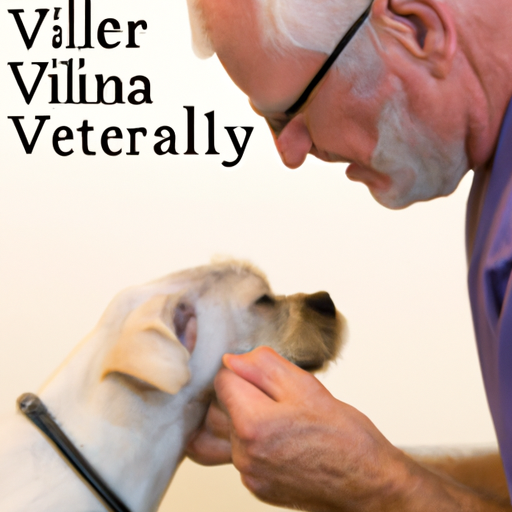Being a caregiver for your furry friend is a rewarding journey filled with love and companionship. However, it also comes with responsibilities that might feel overwhelming at times. One such duty that might seem daunting, but is extremely essential for your pet’s health, is learning how to squeeze your dog’s glands.
- Key Takeaways:
- Understanding the purpose of your dog’s anal glands
- Recognizing when your dog’s glands need to be expressed
- Safety measures to take when expressing your dog’s glands
- Step-by-step guide on how to squeeze your dog’s glands
-
When to seek professional help
-
Table of Contents:
- Understanding Your Dog’s Glands
- Recognizing the Need for Gland Expression
- Safety Measures
- Step-by-step Guide
- Seeking Professional Help
- Frequently Asked Questions
Understanding Your Dog’s Glands
Just like many other mammals, dogs have two small glands located on either side of their anus, known as anal glands or anal sacs. These glands produce a strong-smelling secretion that is often used for marking territory.
While these glands usually empty out naturally when your dog defecates, sometimes they can become impacted or infected if not expressed regularly. This can lead to discomfort and serious health problems for your dog. You can learn more about the purpose and function of these glands here.
Recognizing the Need for Gland Expression
Before you learn how to squeeze your dog’s glands, it’s important to recognize the signs that your dog might need their glands expressed. Common signs include:
- Scooting their rear end along the ground
- Excessive licking or biting at their rear end
- Swelling or redness around the anus
- Changes in bowel movements, such as diarrhea or straining to defecate
For more information on recognizing these signs, check out this helpful article on OneTopDog.
Safety Measures
Squeezing your dog’s glands should be done with extreme care to avoid causing injury or discomfort to your pet. Always wear gloves and clean the area around the anus thoroughly before you begin. You can use a soft, damp cloth or pet-safe wipes for this.
Moreover, if your dog appears to be in pain or if there is blood in their anal gland secretion, stop immediately and seek veterinary help. For more tips on pet safety, read this guide.
Step-by-step Guide
Here’s a simple step-by-step guide on how to express your dog’s glands:
- Position your dog so that their rear end is easily accessible. This is often easiest when they are standing up.
- Put on your gloves and gently lift your dog’s tail.
- Locate the anal glands. They are usually situated at the 4 o’clock and 8 o’clock positions around the anus.
- Gently squeeze the glands, pushing upwards towards the anus. You should see a small amount of liquid being expressed.
- Clean the area thoroughly afterwards.
Remember, every dog is different and what works for one might not work for another. For more detailed instructions, check out this tutorial.
Seeking Professional Help
While learning how to squeeze your dog’s glands can be beneficial, it’s always best to seek professional help if you’re unsure or uncomfortable. Many groomers and vets offer this service and can also teach you how to do it safely at home.
Frequently Asked Questions
-
How often should I express my dog’s glands?
The frequency can vary based on your dog’s diet, lifestyle, and health. It’s best to consult with a vet to determine the optimal frequency. -
Can I harm my dog by expressing their glands?
If done incorrectly, expressing your dog’s glands can cause injury or infection. Always use gentle pressure and stop if your dog appears to be in pain. -
What should I do if my dog’s glands are swollen or red?
This could be a sign of infection or impaction. Seek immediate veterinary help.
Being a responsible pet owner means ensuring the health and happiness of your furry friend. While expressing your dog’s glands might seem daunting, it’s a simple procedure that can greatly improve their comfort and wellbeing. As always, when in doubt, consult with a professional to ensure you’re providing the best care for your beloved pet.



